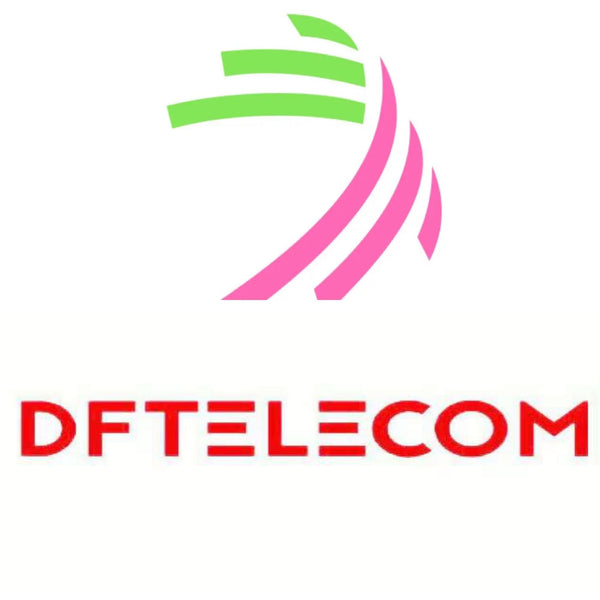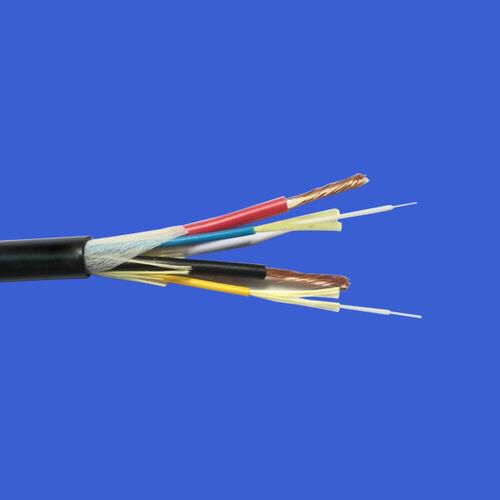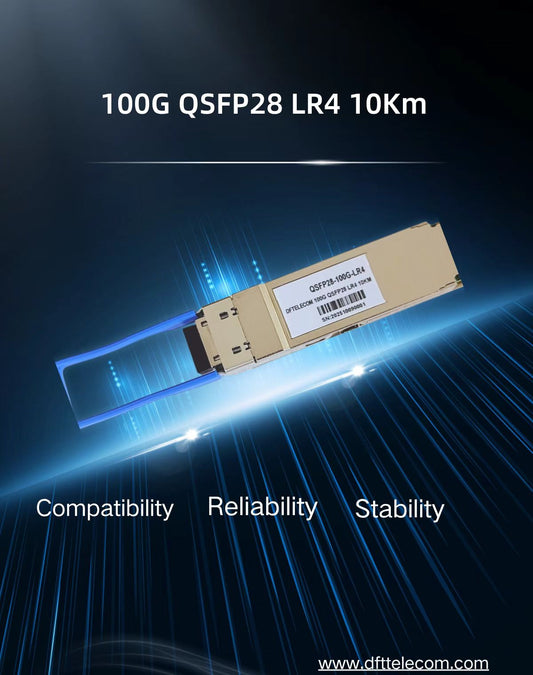1. Introduction to Quick ODN
Quick ODN (Optical Distribution Network) is an innovative solution designed to simplify fiber deployment, reduce installation time, and enhance network reliability compared to traditional ODN architectures. It eliminates complex intermediate components and adopts pre-connected, modular designs to streamline connectivity from the OLT (Optical Line Terminal) to end-user ONT (Optical Network Terminal)
2. Core Advantages
Simplified Architecture:
Replaces multi-layer components (e.g., closures, distribution cables) with a direct connection framework using X Box, Hub Box, Sub Box, and End Box .
Rapid Deployment:
Pre-configured MPO cables and single-core pre-connected cables minimize field splicing and reduce installation time by up to 70%.
Cost Efficiency:
Fewer components and reduced labor requirements lower CAPEX and OPEX.
Scalability:
Modular design supports flexible expansion for urban broadband, enterprise networks, and smart city projects.
|
Component |
Functionality |
|
X Box |
Central aggregation point for feeder cables, integrating pre-split optical signals . |
|
Hub Box |
Distributes signals to multiple Sub Boxes via MPO trunk cables. |
|
Sub Box |
Acts as a mid-layer node for localized signal distribution. |
|
End Box |
Terminal unit connecting directly to ONT via drop cables. |
|
MPO Cables |
High-density pre-connected cables ensuring plug-and-play connectivity. |
|
Single-core Pre-connected Cables |
Simplified wiring for last-mile connections. |
3. Comparison: Traditional ODN vs. Quick ODN
|
Feature |
Traditional ODN |
Quick ODN |
|
Architecture |
Multiple layers: ODF, closures, splitters |
Simplified: X Box → Hub/Sub/End Box |
|
Installation Time |
High (requires splicing and testing) |
Low (pre-connected components) |
|
Cost |
High (labor-intensive) |
Optimized (reduced labor/parts) |
|
Maintenance |
Complex (multiple failure points) |
Easy (modular replacement) |

4. Technical Specifications
Fiber Capacity: Supports 24/48/96 core configurations.
Splitter Integration: PLC (splitter) for efficient signal distribution.
Cable Types:
Feeder Cable: Connects OLT to X Box.
Distribution Cable: Links Hub Box to Sub Box.
Drop Cable: Direct connection from End Box to ONT.
5. Application Scenarios
Urban Broadband: Rapid deployment for high-density residential areas.
Enterprise Networks: Reliable fiber connectivity for office parks.
5G Backhaul: Low-latency fiber infrastructure for base stations.
Smart Cities: Scalable backbone for IoT and surveillance systems.
6. Deployment Process
Planning: Map OLT-to-ONT routes using GIS tools.
Installation: Deploy pre-connected X Box and Hub Boxes along feeder cables.
Distribution: Connect Sub Boxes and End Boxes via MPO trunk cables.
Termination: Plug-and-play ONT activation at user premises.
7. Conclusion
Quick ODN revolutionizes fiber network deployment with its modular, plug-and-play design, making it ideal for scenarios demanding speed, scalability, and cost efficiency. For detailed diagrams and technical drawings, refer to the original comparison image in .
This document is generated based on the technical overview from DFT. For full specifications or customization requests, contact our technical support team.






